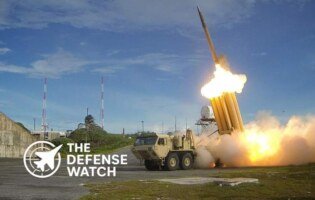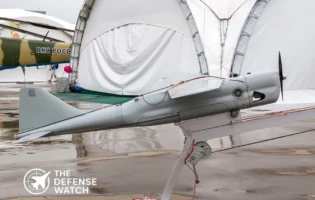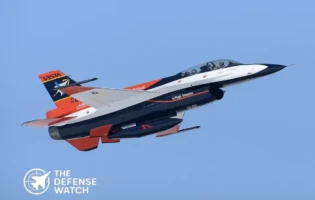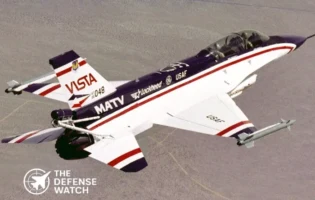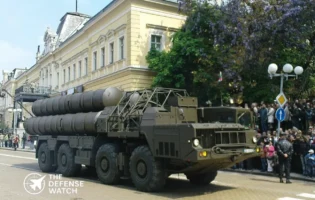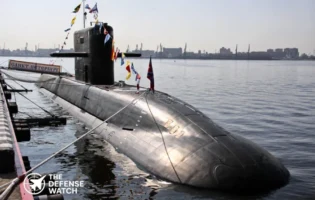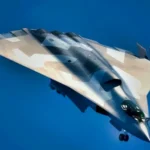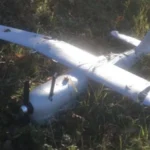- Home
- Catalog
- Bombers & Strategic Aircraft
- Lockheed Martin X-59 Quiet Supersonic Aircraft
Lockheed Martin X-59 Quiet Supersonic Aircraft



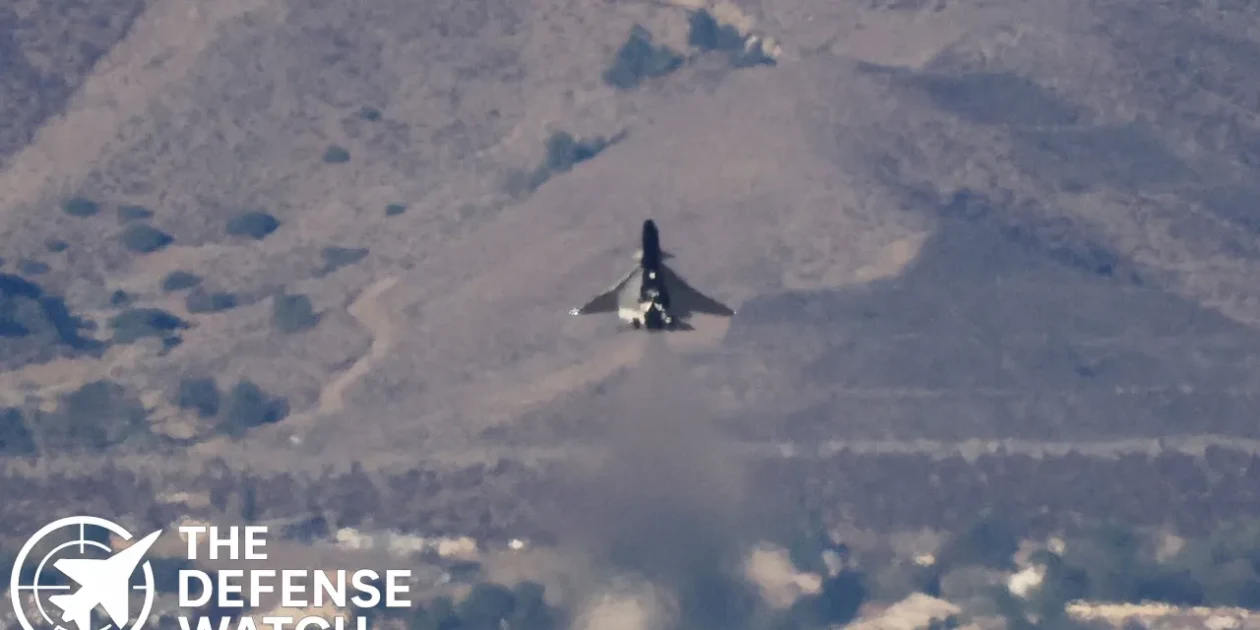

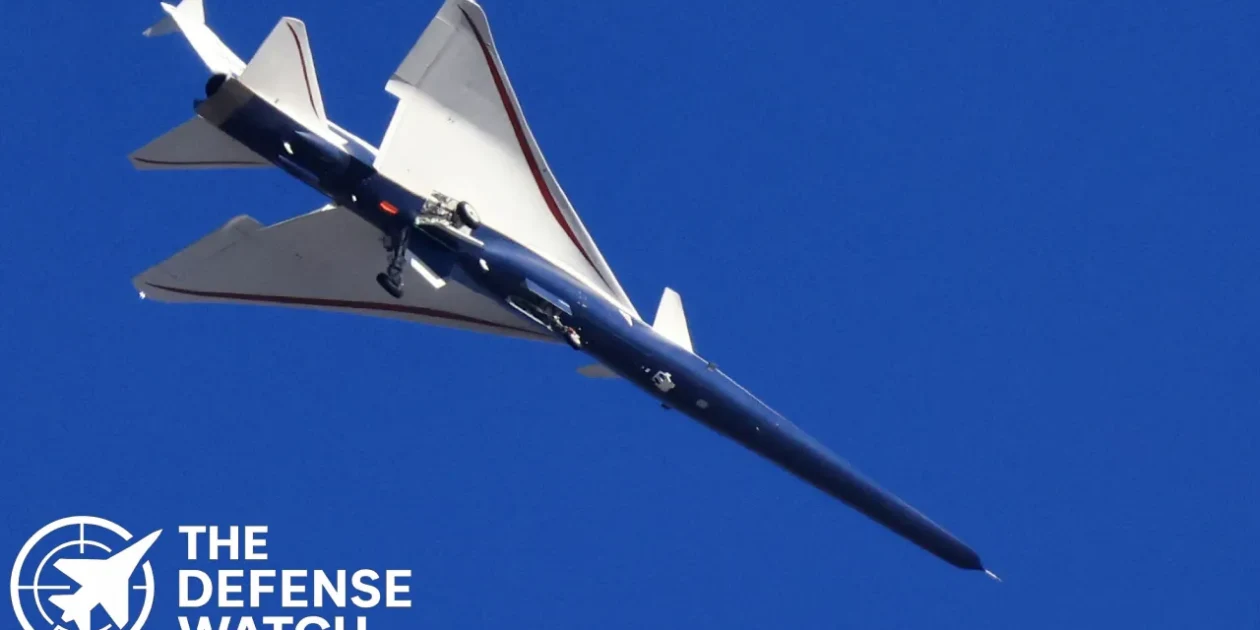
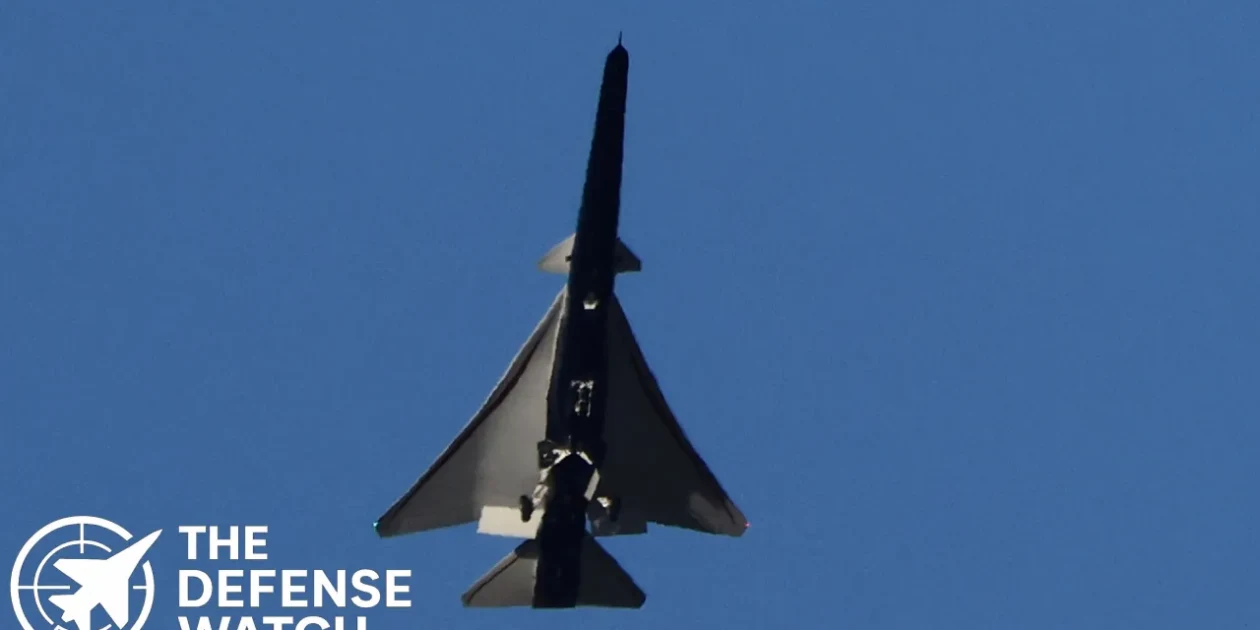
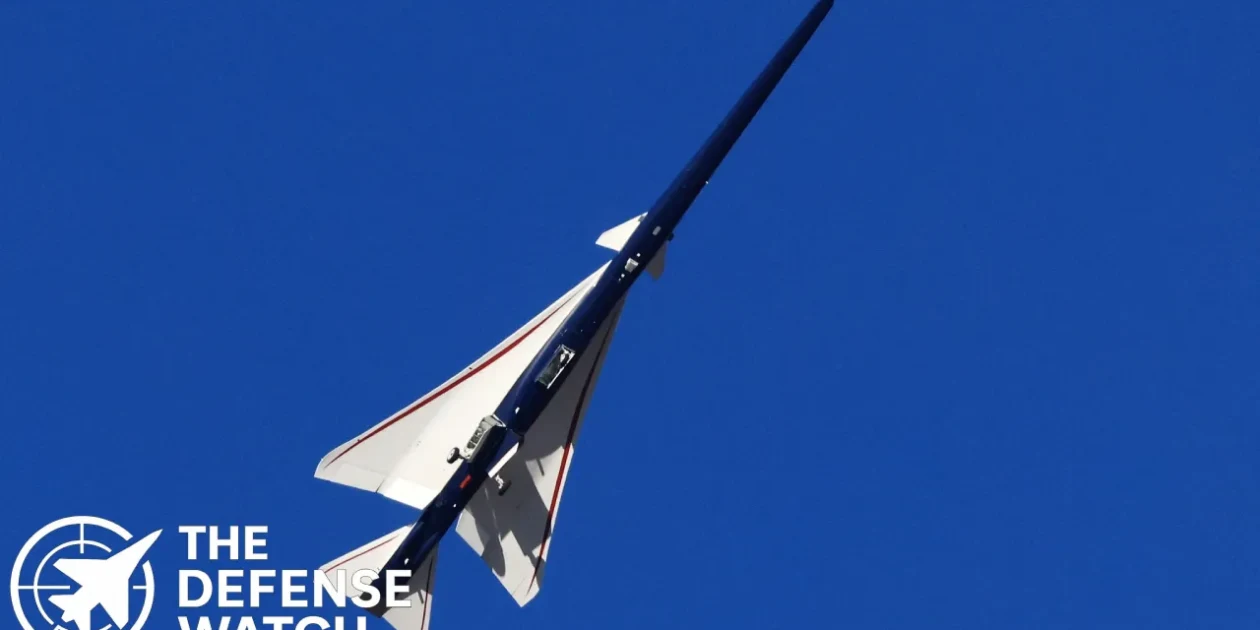
Full Specifications
1. General Information
| Name | X-59 Quiet Supersonic Demonstrator |
| Manufacturer | Lockheed Martin Skunk Works |
| Country of Origin | United States |
| Introduction / In Service Since | 2024 (Testing phase) |
| Status | Experimental |
| Category | Research / Demonstrator |
| Crew | 1 |
| Unit Cost | ~$247 million (program cost) |
2. Dimensions & Structure
| Length | 99.7 ft (30.4 m) |
| Wingspan | 29.5 ft (9 m) |
| Height | 14 ft (4.2 m) |
| Wing Area | 512 sq ft (approx.) |
| Empty Weight | ~14,300 kg |
| Maximum Takeoff Weight (MTOW) | ~15,800 kg |
3. Performance
| Maximum Speed | Mach 1.4 |
| Range | ~1,000 miles (1,600 km) |
| Combat Radius | N/A |
| Service Ceiling | 55,000 ft |
| Rate of Climb | Classified / N/A |
4. Powerplant
| Engine Type | 1 × GE F414-GE-100 turbofan |
| Thrust (per engine) | 22,000 lbf |
| Total Thrust | 22,000 lbf |
5. Payload & Armament
| Internal Payload Capacity | N/A |
| Weapons Bay | None |
| Compatible Weapons | None |
| Hardpoints | None |
6. Avionics & Systems
| Radar System | Research avionics suite |
| Navigation | GPS / Inertial |
| Electronic Warfare (EW) | None |
| Stealth Features | Acoustic shaping, low-boom design |
7. Operational History
| Primary Operator | NASA |
| Conflict Usage | None |
| Notable Missions | Quesst community noise tests |
8. Additional Information
| Variants | None |
| Successor / Future Replacement | Commercial supersonic projects |
| Notable Features | xternal Vision System, low-boom design |
| Estimated Operational Life | 10–15 years (testing phase) |
PROS
- Revolutionary noise-reduction technology
- Potential to lift supersonic flight restrictions
- Advanced aerodynamic shaping
- Uses proven F414 engine technology
- Supports future commercial aviation standards
CONS
- Extremely high R&D cost
- Limited to research and testing roles
- Requires extensive community testing data
- Dependent on regulatory outcomes
NASA X-59 Quiet Supersonic Demonstrator
The NASA X-59 Quiet Supersonic Demonstrator represents a major step forward in next-generation aviation technology. Developed under NASA’s Low-Boom Flight Demonstrator (LBFD) program and built by Lockheed Martin’s Skunk Works, the X-59 is designed to fly faster than sound—without the disruptive sonic booms that have long restricted supersonic travel over land.
Unveiled as part of NASA’s Quesst Mission, the X-59’s primary objective is to gather data on how communities respond to its uniquely quiet sonic signature, a sound closer to a gentle thump than a boom. This data will help regulators like the FAA and ICAO reconsider bans on supersonic flights over populated areas—paving the way for commercial supersonic travel.
Powered by a General Electric F414-GE-100 turbofan engine, the X-59 can cruise at approximately Mach 1.4 (1,490 km/h) at 55,000 feet. Its sleek 99.7-foot frame and narrow fuselage are optimized for acoustic shaping, ensuring pressure waves do not coalesce into loud booms. Instead, the sound is diffused, significantly lowering ground-level noise impact.
Unlike combat aircraft, the X-59 carries no weapons or payload; its mission is purely experimental. It uses advanced avionics and an external vision system that replaces a traditional cockpit window, giving pilots high-resolution forward visibility through cameras and displays.
NASA X-59 Quiet Supersonic Demonstrator Price in US
While the X-59 is not a commercial product, the total program cost is estimated at $247 million, including design, construction, and testing. If successful, it could spark a new era of quiet supersonic airliners and influence future U.S. aerospace design and commercial regulations.
Reviews
Disclaimer Note
The information provided on TheDefenseWatch.com is for general informational purposes only. While we strive to ensure the accuracy, completeness, and timeliness of our content regarding defense and aerospace products, technologies, and specifications, we cannot guarantee that all information is 100% accurate or up-to-date due to the evolving nature of military technology and classified data. TheDefenseWatch.com does not warrant the reliability, suitability, or availability of the information for any specific purpose. Users are advised to consult official sources, such as manufacturers, government publications, or defense agencies, for precise and verified data before making decisions based on our content. We are not affiliated with any defense manufacturers, governments, or military organizations mentioned. Opinions, reviews, and ratings reflect expert analysis but are subjective and should not be considered endorsements. TheDefenseWatch.com is not responsible for any errors, omissions, or consequences arising from the use of this website’s content. External links are provided for convenience and do not imply endorsement. TheDefenseWatch.com reserves the right to update or modify content without prior notice. By using this website, you agree to our Privacy & Cookies Policy.






